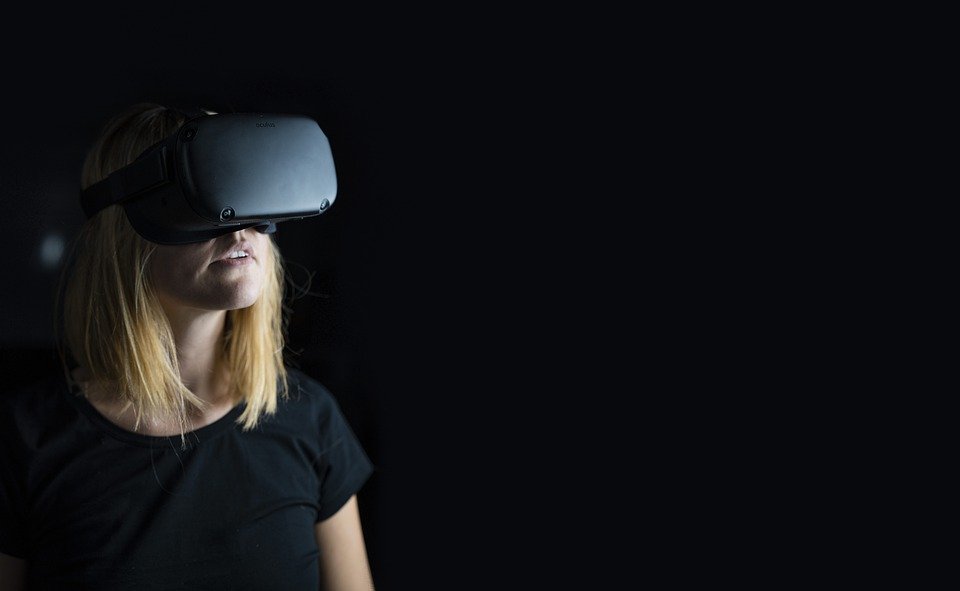
“Artificial Intelligence [or virtual reality] is not a Man versus Machine saga; it’s in fact, Man with Machine synergy." - Sudipto Ghosh
Are you a C-suite manager or a small business own who is considering ways to pivot your business processes from a brick-and-mortar showroom-type business environment to a fully virtual showroom experience?
If so, let’s consider a case study as a means to offer a solution to the challenge of having to pivot a showroom-type business to the virtual or online space.
Setting the scene
Briefly, the novel coronavirus, COVID-19, has forced a temporary pause in the global economy, with many businesses having to close indefinitely whilst medical professionals and national governments attempt to slow it’s spread.
Unfortunately, one of the only ways this virus is controllable is through social distancing or social isolation. Therefore, people need to stay away from each other to stop its spread. Needless to say, the current global economic conditions have caused, and are continuing to cause havoc with businesses that require a brick-and-mortar showroom to operate.
What is virtual reality?
Wikipedia.com describes virtual reality (VR) as a “simulated experience that can be similar to or completely different from the real world.” VR applications include immersive entertainment such as computer games, educational applications like airplane pilot simulation training and military training.
Most standard VR systems utilize headsets or multi-projected environments that “generate realistic images, sounds and other sensations that stimulate a user’s physical presence in a virtual environment.” Therefore, a person using VR equipment can engage at a deep level to participate fully in the artificial or virtual world which mimics the real world. Consequently, this statement provides the raison d’etre for virtual reality development, as we shall see highlighted in the case study below.
Virtual reality: A case study
Let’s assume for this article that you own a high-end motor vehicle dealership. And, you need to offer your potential customers a unique, immersive experience that will encourage them to purchase a new vehicle without actually coming into the showroom.
However, it seems as though the process of purchasing a high-end vehicle like a Rolls Royce or BMW is counterintuitive to the online purchasing methodology. It is realistic to assume that buyers want to engage their tactile senses to before they hand over their credit card. As a result, offering the potential customer an online space to view the vehicle’s specifications and a few photographs will not result in a sale.
What now?
Enter virtual reality.
It is entirely possible and realistic to offer potential buyers an online gateway where they can enter into a fully immersive or virtual experience viewing and test driving the vehicle of their choice. Practically, they will feel as though they are walking around the car, looking at the engine, sitting in the vehicle, and taking it for a test drive with a virtual salesman. The only difference is that they are sitting at home in front of their laptops or mobile devices.
Final thoughts
In summary, the quotation highlighted above by Sudipto Ghosh describes the quintessential nature of the concept of virtual reality. It is not man versus machine, rather it is man combined with machine that will help businesses navigate the post-COVID-19 phase, more commonly described as the new normal.
